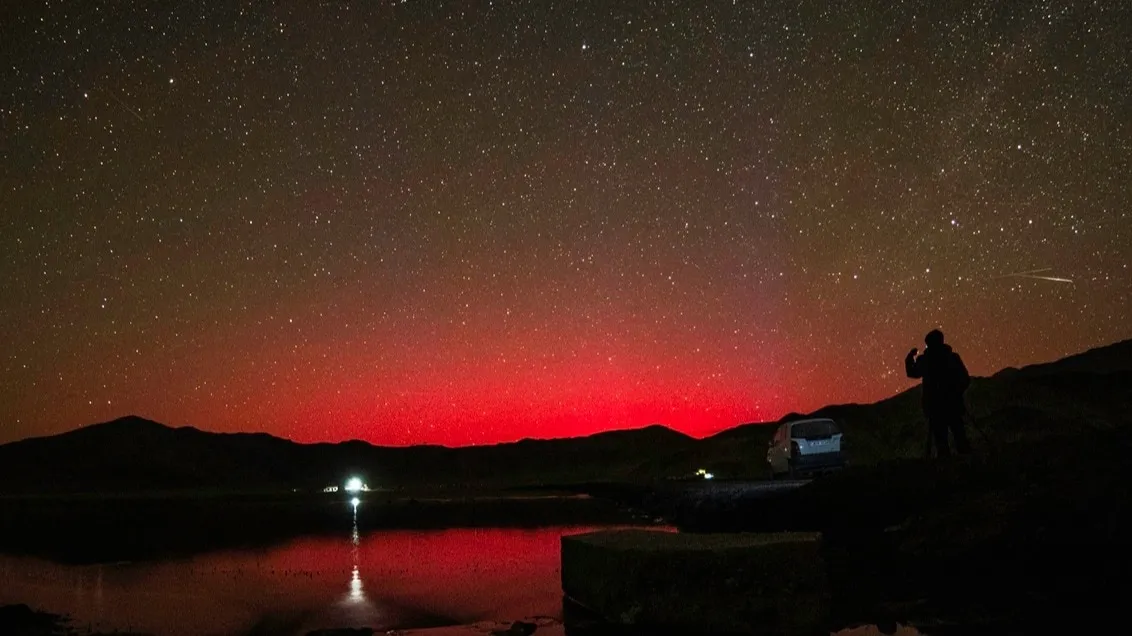Aurora Borealis: What to Expect from the Upcoming Solar Storm

Aurora Borealis: A Natural Light Show
An aurora borealis is a natural light display in the Earth's sky, primarily observed in high-latitude regions near the Arctic and Antarctic. It happens when charged particles from the sun collide with gases in the atmosphere, causing them to glow.
What to Expect from the Solar Storm
Recent solar activity due to coronal mass ejections (CMEs) may provide a spectacular view of the auroras. Notably, the potential for red auroras adds an exciting twist to this event.
- The best chances for viewing will be in Canada and northern US states.
- Smartphones may capture what the naked eye cannot see.
- Optimal viewing time is after dark in areas with minimal urban light interference.
Experts suggest that although the anticipated auroras may not reach the peak levels seen earlier this year, they still offer a unique opportunity for sky watchers. Solar storms, while impactful, are not expected to disrupt power grids significantly.
This article was prepared using information from open sources in accordance with the principles of Ethical Policy. The editorial team is not responsible for absolute accuracy, as it relies on data from the sources referenced.